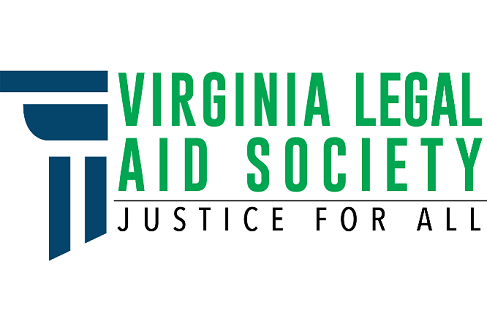Restraint and Seclusion
Both seclusion and restraint should only be used in emergency situations, after other alternative and less intrusive procedures have been tried and failed. They are used in response to serious problem behavior when the student or others nearby are at risk of injury or harm. The Code of Virginia, §22.1-279.1, prohibits the use of corporal punishment and abusive techniques in the public schools. Corporal punishment is the infliction of, or causing the infliction of, physical pain on a student as a form of discipline.
When used inappropriately, these procedures may result in reinforcement or strengthening of the problem behavior as well as an increased risk of injury and harm to the student or others while attempting to conduct such procedures.
These procedures are not appropriate for behaviors that do not place the student or others at risk of harm or injury. They should not be used as a regular behavioral intervention, treatment, or as punishment for being disruptive or noncompliant.
School employees should have training on the use of appropriate restraint and seclusion techniques as well as being aware of the school’s policy and state laws regarding these procedures. When restraint and/or seclusion is absolutely necessary, a full incident report must be filed, documenting the time, date, circumstances, location, and all persons involved. It must also be noted why the extreme intervention was needed as well as an explanation why less intrusive interventions were deemed inappropriate or inadequate. The report must also list all persons who must be notified of the incident.
When a school system feels the child’s behavior cannot be handled by less intrusive measures, a behavior assessment and plan should be done. Restraint and seclusion should always be considered as a last resort and only when there is the risk of harm to the student or others.
